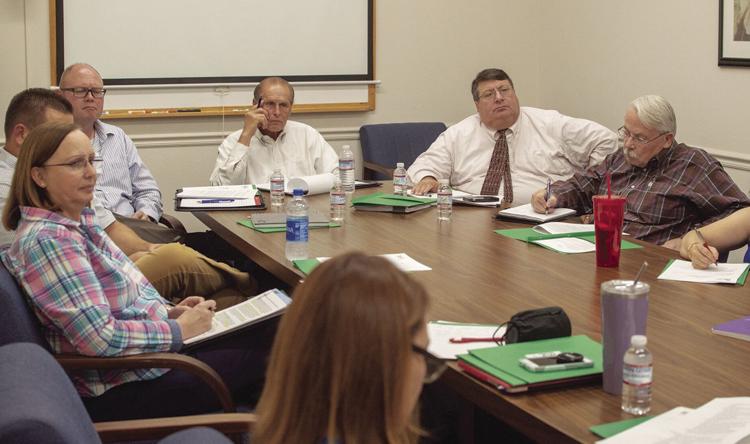
A number of people have been wondering what I’m up to in my new job as advocacy director for BizFed Central Valley.
Short answer: A LOT.
I know some of you are asking, “What’s a BizFed?” so I’ve conveniently put together a short explainer in the side bar to this article.
But I want to talk about AB 617.
If you own a business in the San Joaquin Valley and haven’t heard of this new law, believe me, you will.
For background, AB 617 — the Community Air Protection Program — was passed July 2017 as part of the cap and trade extension package.
AB 617 requires special air monitoring in communities that are deemed to have “high cumulative air pollution” and corresponding emission-reduction plans.
The California Air Resources Board, which is in charge of overseeing AB 617, is currently writing the “blueprint” for how to implement the law. The final plan is due Oct.1 of this year.
As you all know, the devil is in the details, meaning this blueprint is of vital importance for valley businesses.
One extremely unsettling area concerns land use planning.
Though AB 617 and the ARB have zero authority to jump into that realm, the blueprint refers to land use planning several times as an area ripe for finding ways to reduce emissions.
Potentially, that means the ARB wants to find ways to stop or control housing development, business construction and/or expansion.
Apparently, ARB staffers closely watched the recent vote in Arvin where the city council curtailed oil development in that city.
Beyond that, the blueprint is extremely vague — frighteningly so.
This is called the “Community Air Protection Program” so community groups are being given authority — and a lot of money from cap and trade funds — to do their own monitoring.
But there are no standards in the blueprint for how that monitoring should be done.
What equipment will be used? How will it be calibrated? What are the protocols for data collection and interpretation? Exactly how will that data be used?
The San Joaquin Valley Air Pollution Control District will be tasked with overseeing this part of AB 617. But how it will reconcile data from these community groups with its own data, collected under very strict and transparent protocols, is unclear.
BizFed Central Valley has asked the California Air Resources Board to require community monitoring data to adhere to the same protocols as those used by the air district.
But the blueprint omissions go on.
The document doesn’t even include a list of which air constituents are under consideration.
Ozone? Particulate matter? Greenhouse gases (for which there are no established health standards)?
The law states that community monitoring should be for what are known as “criteria pollutants” and toxic air contaminants, which are already monitored valleywide by the air district.
BizFed Central Valley’s position is that the blueprint should stick to those criteria pollutants and not allow monitoring to spread to include other constituents for which there are no accepted health data.
But when it comes to the emission reduction plan portion of the blueprint, things get even hazier.
It suggests emission-reduction plans will be measured against “health outcomes.”
What does that mean? The blueprint offers no clues.
The air district, earlier this summer, recommended south-central Fresno, northeast Bakersfield and Shafter as the initial communities to be monitored in this region.
So, under the blueprint, would emission reduction goals be tied to “health outcomes” of people living in those areas? Working there? Both? What diseases would be under consideration? Cancer? Asthma? Heart failure? How much would lifestyle and genetic predisposition factor in?
Again, the blueprint has no guidance.
And there is no time limit listed in the blueprint.
BizFed Central Valley has asked ARB for definitive goals with time limits for emissions reduction plans.
And we’ve asked that valley businesses — which will be the ones paying for all this — be brought into the planning process.
These emission reduction plans could (and likely will) affect everything, from heavy equipment yards to restaurant charbroilers.
There’s much more but the bottom line here is that San Joaquin Valley business owners need to get educated on AB 617 sooner rather than later.
Businesses must speak out at air district and ARB meetings (see sidebar for two upcoming meetings).
And they must engage local policy makers.
Now.
Lois Henry is the advocacy director of BizFed Central Valley. She can be reached at lois.henry@bizfed.org.
